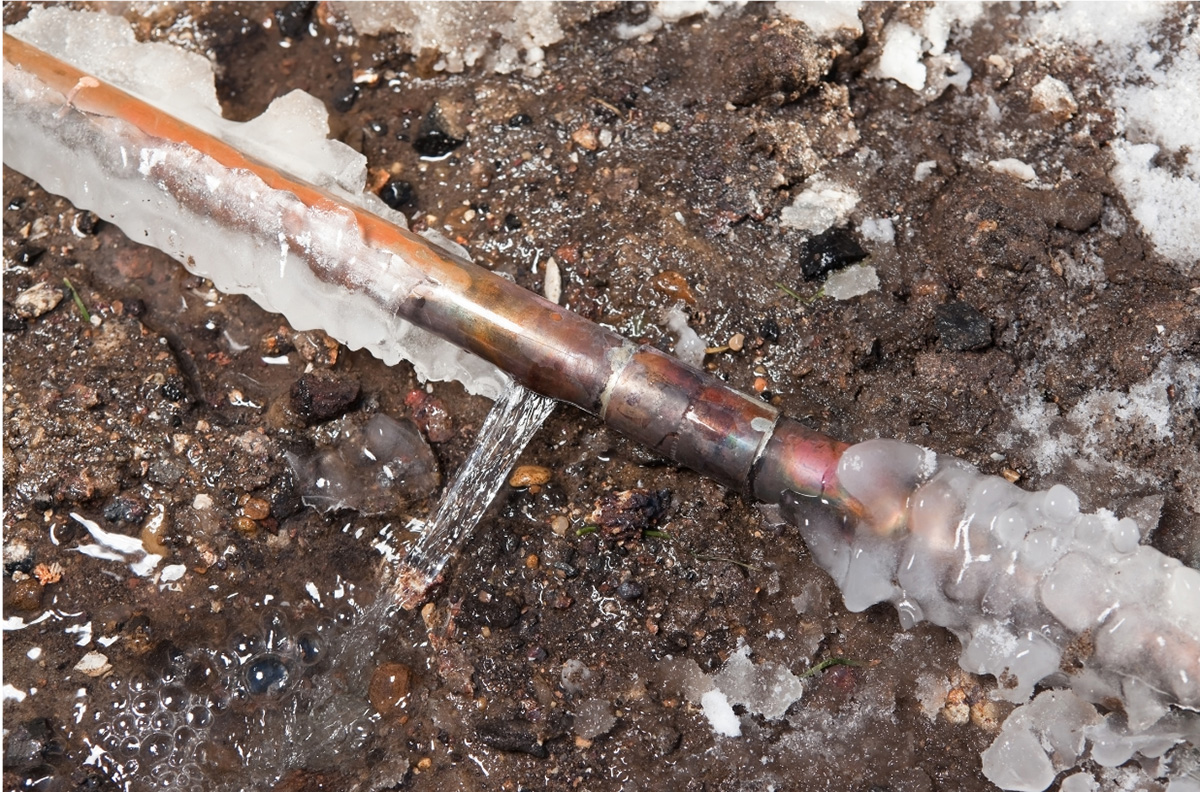Guidance for Preventing Frozen Pipes in Cold Weather: Professional Tips
Guidance for Preventing Frozen Pipes in Cold Weather: Professional Tips
Blog Article
How do you feel about Prevent Frozen Pipes ?

Winter can damage your pipes, especially by freezing pipelines. Below's how to avoid it from taking place and what to do if it does.
Intro
As temperature levels drop, the risk of frozen pipelines boosts, possibly bring about expensive repair work and water damage. Recognizing exactly how to prevent frozen pipelines is crucial for house owners in cool climates.
Understanding Frozen Pipes
What creates pipelines to ice up?
Pipes freeze when exposed to temperature levels below 32 ° F (0 ° C) for expanded durations. As water inside the pipelines freezes, it broadens, putting pressure on the pipe wall surfaces and possibly causing them to burst.
Risks and problems
Icy pipelines can result in water supply disturbances, residential property damage, and costly repairs. Burst pipes can flood homes and trigger comprehensive structural damages.
Signs of Frozen Pipeline
Identifying icy pipelines early can prevent them from breaking.
Exactly how to recognize frozen pipelines
Search for lowered water flow from taps, unusual smells or noises from pipelines, and visible frost on revealed pipes.
Avoidance Tips
Protecting susceptible pipelines
Wrap pipes in insulation sleeves or utilize warmth tape to secure them from freezing temperatures. Concentrate on pipelines in unheated or outside areas of the home.
Heating methods
Maintain indoor spaces adequately heated up, particularly locations with pipes. Open up cupboard doors to permit cozy air to circulate around pipelines under sinks.
Shielding Outside Pipes
Garden tubes and outdoor faucets
Detach and drain pipes garden tubes prior to winter months. Mount frost-proof faucets or cover exterior taps with protected caps.
What to Do If Your Pipes Freeze
Immediate activities to take
If you believe icy pipes, keep taps available to eliminate pressure as the ice melts. Make use of a hairdryer or towels soaked in warm water to thaw pipes gradually.
Long-Term Solutions
Structural changes
Think about rerouting pipes far from outside walls or unheated locations. Add extra insulation to attic rooms, basements, and crawl spaces.
Updating insulation
Buy top notch insulation for pipes, attics, and wall surfaces. Proper insulation aids maintain constant temperature levels and reduces the danger of icy pipelines.
Conclusion
Stopping icy pipes needs aggressive procedures and quick actions. By recognizing the causes, indications, and preventive measures, house owners can secure their pipes during cold weather.
5 Ways to Prevent Frozen Pipes
Drain Outdoor Faucets and Disconnect Hoses
First, close the shut-off valve that controls the flow of water in the pipe to your outdoor faucet. Then, head outside to disconnect and drain your hose and open the outdoor faucet to allow the water to completely drain out of the line. Turn off the faucet when done. Finally, head back to the shut-off valve and drain the remaining water inside the pipe into a bucket or container. Additionally, if you have a home irrigation system, you should consider hiring an expert to clear the system of water each year.
Insulate Pipes
One of the best and most cost-effective methods for preventing frozen water pipes is to wrap your pipes with insulation. This is especially important for areas in your home that aren’t exposed to heat, such as an attic. We suggest using foam sleeves, which can typically be found at your local hardware store.
Keep Heat Running at 65
Your pipes are located inside your walls, and the temperature there is much colder than the rest of the house. To prevent your pipes from freezing, The Insurance Information Institute suggests that you keep your home heated to at least 65 degrees, even when traveling. You may want to invest in smart devices that can keep an eye on the temperature in your home while you’re away.
Leave Water Dripping
Moving water — even a small trickle — can prevent ice from forming inside your pipes. When freezing temps are imminent, start a drip of water from all faucets that serve exposed pipes. Leaving a few faucets running will also help relieve pressure inside the pipes and help prevent a rupture if the water inside freezes.
Open Cupboard Doors
Warm your kitchen and bathroom pipes by opening cupboards and vanities. You should also leave your interior doors ajar to help warm air circulate evenly throughout your home.

As an enthusiastic reader about Prevent Frozen Pipes , I think sharing that portion was a good thing. Enjoyed reading our write-up? Please quickly share it. Let others discover it. Thank you so much for your time spent reading it.
Quote Report this page